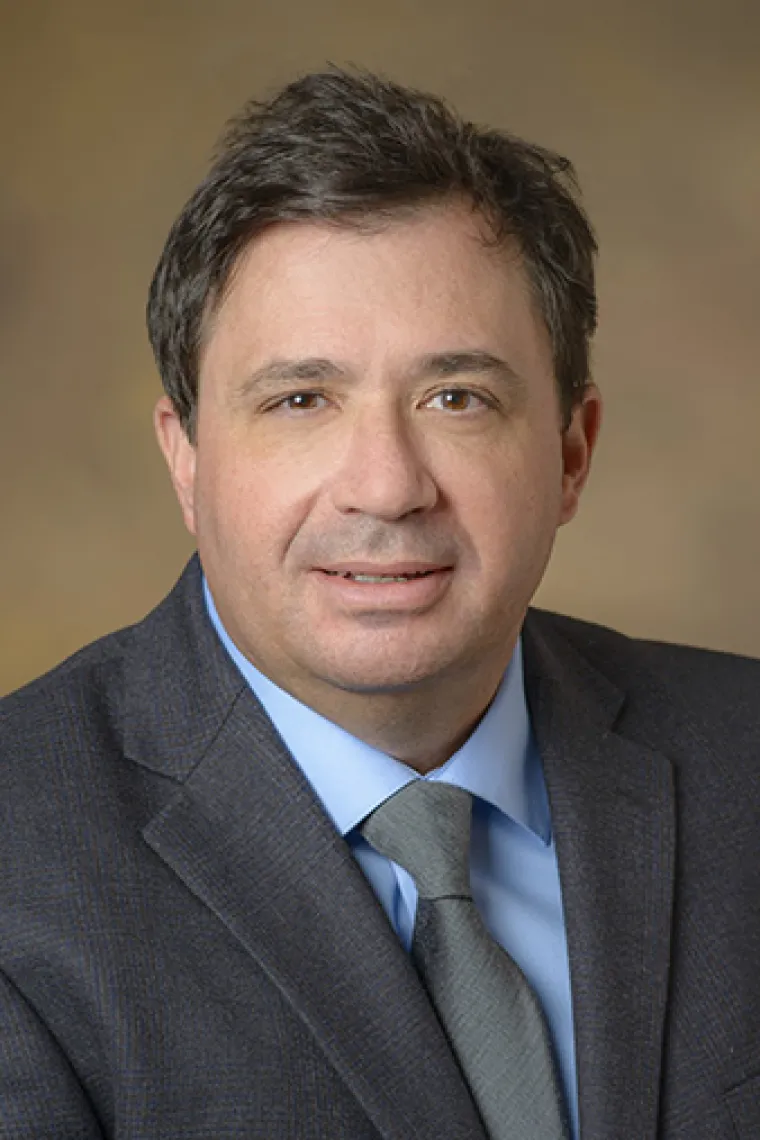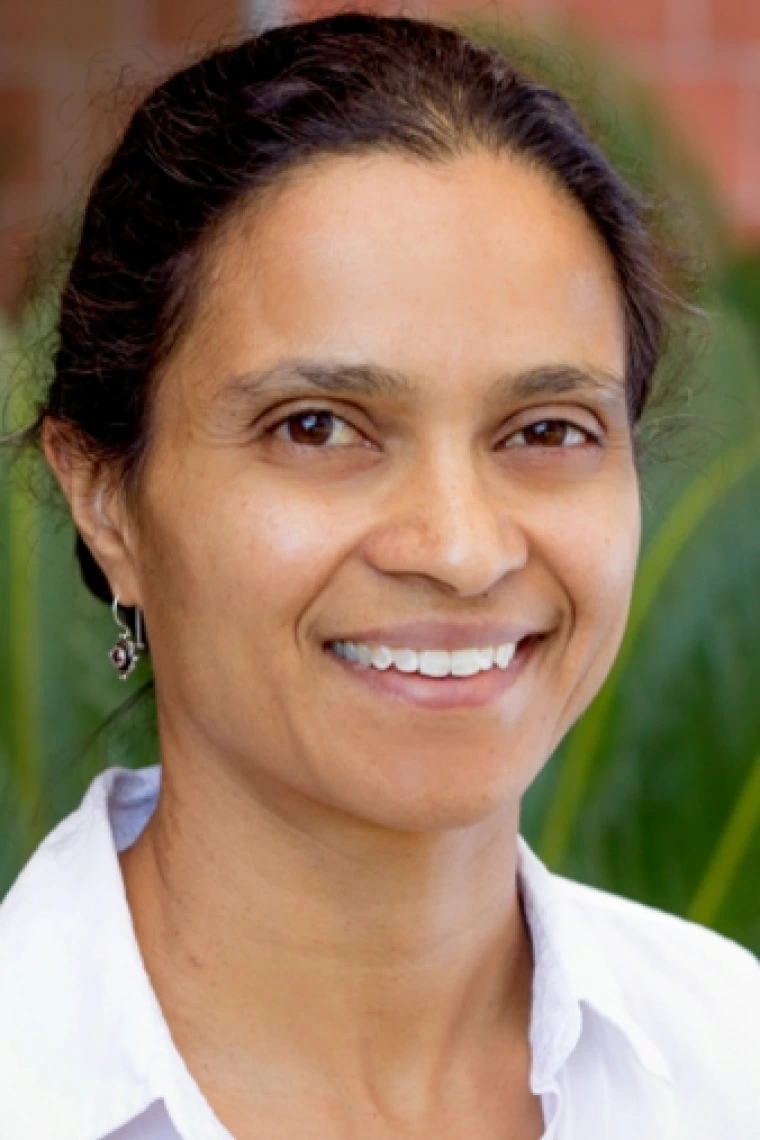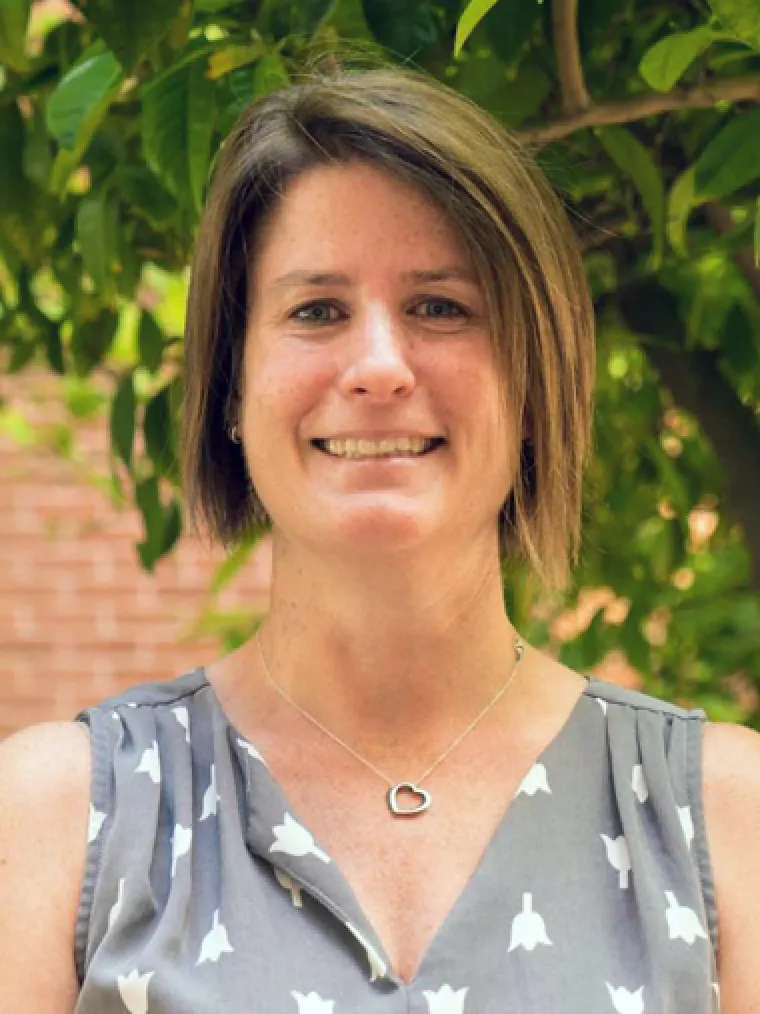Doug Cromey gives virtual Digital Image Ethics presentation for the Rockefeller Institute
On February 10, 2021 Mr. Doug Cromey was an invited seminar speaker for The Rockefeller Institute in New York, NY. His presentation was entitled “Everyone Is Entitled to His Own Opinion, but Not His Own Facts: Avoiding Fake Views in Digital Imaging”. https://www.rockefeller.edu/events-and-lectures/49389-everyone-is-entitled-to-his-own-opinion-but-not-his-own-facts-avoiding-fake-views-in-digital-imaging/
Mr. Cromey is the co-manager of the RII Imaging Cores - Optical.







